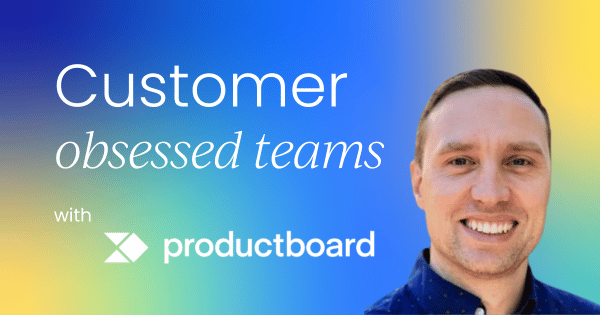Let me share something that might surprise you: in our AI-obsessed world, where everyone's racing to ship code faster, the real bottleneck isn't delivery capacity. It's deeply understanding the people we're building for.
I've been in product for over 20 years, and I've seen countless teams fall into the same trap. They think that if they can just build faster, ship more features, and leverage AI to accelerate everything, they'll win.
But here's the truth: speed doesn't fix stupid.
The graveyard of misunderstood products
Remember Google Glass? The Segway? Tesla's Cybertruck?
These weren't failures of engineering or execution. They were failures of understanding.
The teams behind these products confused a tiny segment of early adopters – people who wanted to stand out – with the broader market that just wanted to fit in.
Or take Google Plus, Amazon Fire Phone, and Microsoft Windows Phone. These tech giants thought their brand power and "good enough" products would be sufficient to steal market share.
They learned the hard way that people don't switch for marginally better. They need something transformative.
Even more painful are the stories of companies that literally invented the future but couldn't see it.
- Kodak invented digital cameras, dismissed them, and later filed for bankruptcy.
- Xerox PARC created the modern UI, but Steve Jobs had to show them what they'd built.
- An engineer at Ford pitched the minivan concept, got laughed out of the room, went to Chrysler, and saved them from bankruptcy.
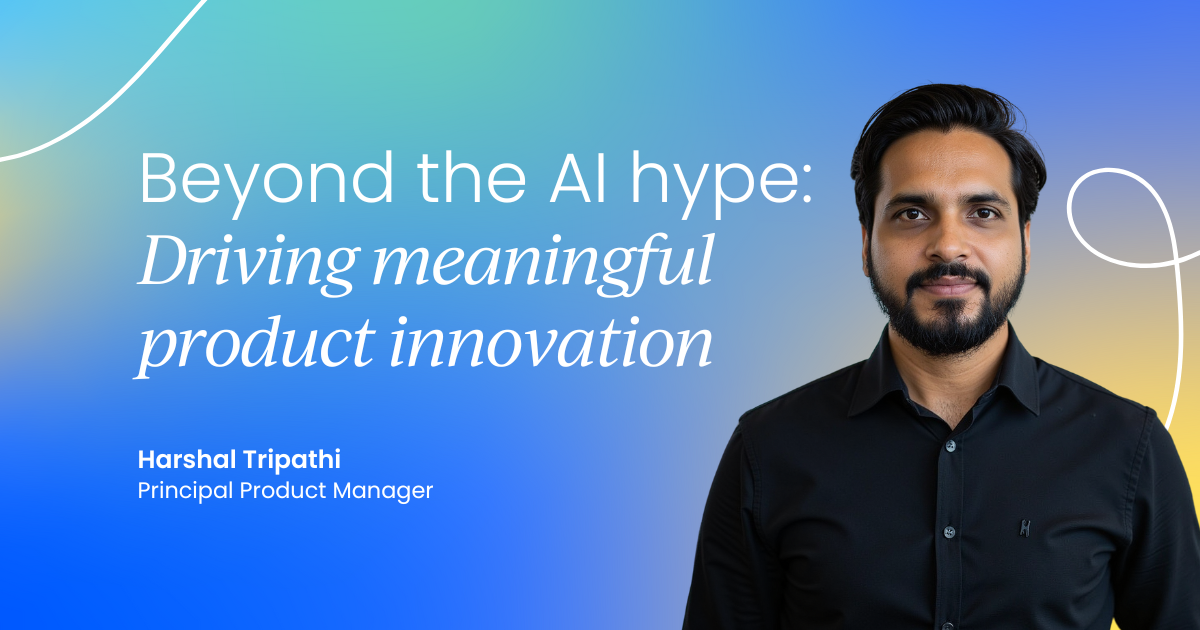
The trap of building more features
A truth we all know – more than half of the features we build are rarely or never used.
We're building a lot of things just because we can, not because we should. We mistake a handful of vocal customers for market demand. We confuse edge cases with core use cases.
And now, with AI accelerating our ability to build, we're just going to create garbage faster. If you put an idiotic prompt into an AI tool, you'll get an idiotic prototype.
I see this every day – the difference between product managers who truly understand the business context and those who don't is stark.
The ones without deep understanding create complex, disconnected solutions that don't fit into any real workflow.
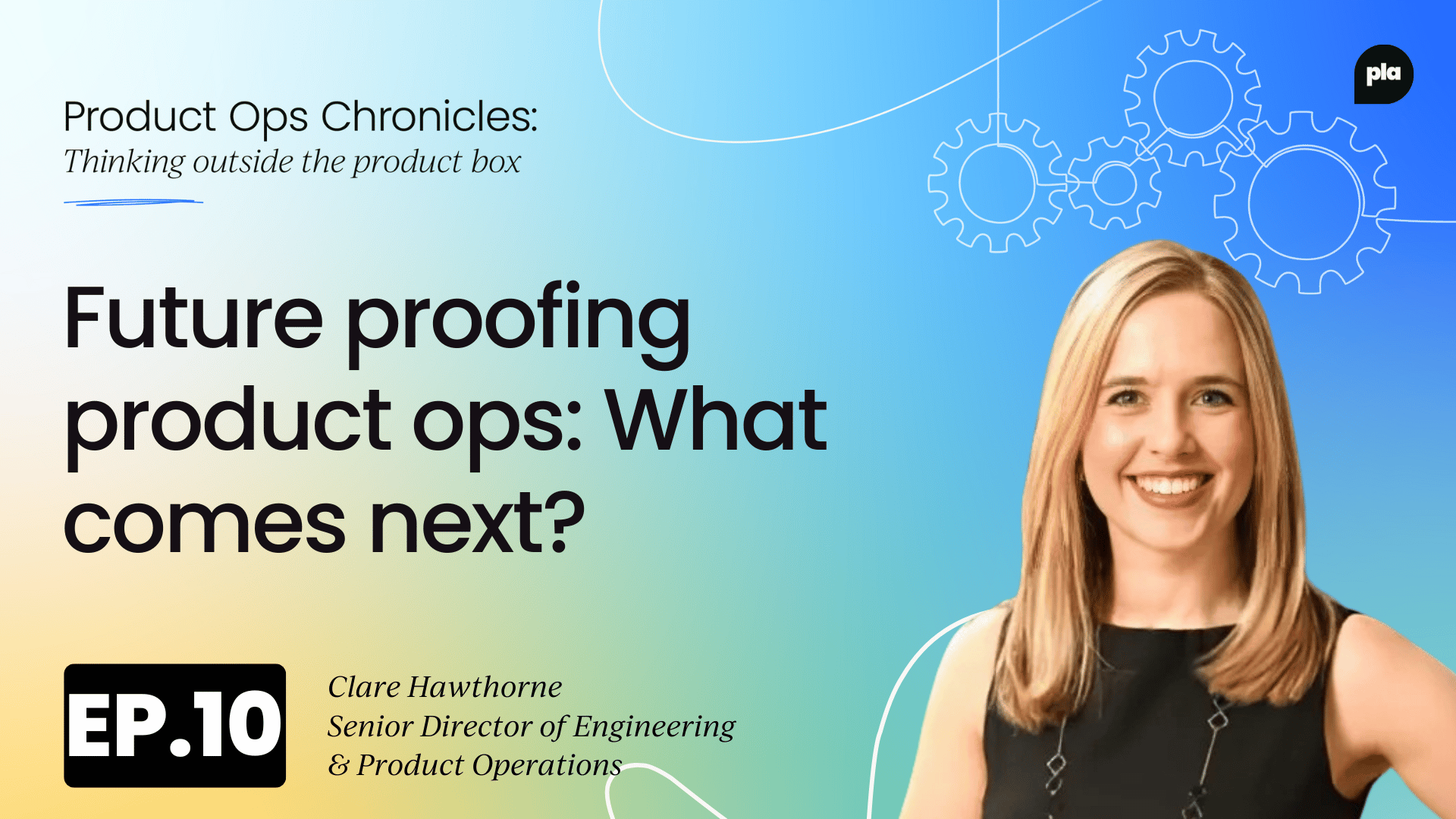
Why shared understanding is your secret weapon
Here's what separates great product teams from mediocre ones: shared understanding.
It's not enough for the CEO or product leader to "get it." Every person touching the product needs the same deep understanding of who you're building for, what problems you're solving, and why your solution is 10x better.
I've been thinking about this problem for a decade.
When I talk to a product manager who's been with us for three months, I sometimes get frustrated when they don't immediately grasp something that seems obvious to me.
Then I remember – it's only obvious because I've had thousands of conversations and years of context they haven't had yet.
Being truly customer-centric isn't about platitudes. It's about nailing three elements of segmentation and understanding:
Customers (The “who”)
This goes way beyond basic demographics. When I started my company, Productboard, my mentor, Steve Blank, pushed me to get specific.
Not just "product managers," but "forward-thinking product managers at B2B startups with complex products who understand jobs-to-be-done frameworks." That level of specificity changes everything.
Most teams stop at firmographics (SMB vs. enterprise) or simple personas (junior vs. senior ICs). These are easy to capture from LinkedIn profiles or enrichment tools, but they rarely tell you who actually feels the sharpest pain.
Real segmentation digs into behavioral and attitudinal traits – like whether a prospect is an early adopter willing to try a half-baked AI feature, or a laggard who will be impressed by anything.
In fact, when we debated who should join our beta for Productboard Spark, the decision hinged not on demographics but on the sophistication of use. Advanced users, though fewer, could give richer, comparative feedback against tools they already use daily.
That’s the kind of nuance product teams need access to, and product ops leaders play a key role in making sure it gets captured and shared.
Needs (The “what”)
What are people actually trying to do?
Not what features they're asking for, but what jobs are they trying to get done? Are they doing quarterly planning? Trying to understand voice of customer? Launching a new product?
The best teams have systems to capture and analyze needs from everywhere – support chats, emails, usability tests, NPS responses, Reddit discussions, social posts.
But here’s the challenge: those signals are scattered across CRMs, CS platforms, analytics tools, and community spaces. Without a way to centralize them, product managers can’t slice the data by meaningful dimensions.
This is where AI has become a game-changer. Imagine consolidating support threads, forum chatter, and churn surveys into one layer where AI highlights themes, compares current vs. lost customers, and surfaces patterns you’d otherwise miss.
This is helping product ops teams ensure everyone has a clear, evolving picture of customer needs.
Solutions (The “how”)
Your product doesn't exist in a vacuum. How is it meaningfully better than alternatives? And yes, you need to understand competitors – not to copy them, but because that's what's in your customer's mind when they're evaluating you.
Great teams treat competitive intelligence as a living dataset. It’s not just about reading a competitor’s blog once a year.
It’s about staying current:
- Analyzing feature launches
- Checking pricing shifts
- Reviewing job postings
- Conducting mystery shopping
Candidate interviews and informal conversations also offer valuable clues about what’s resonating in the market.
For product ops, the role here is to make this competitive lens accessible. Without structured ways to update and distribute it, product teams risk operating off a four-year-old mental model of a competitor.
Shared, up-to-date intelligence ensures that when a sales rep asks how to counter an objection, the answer reflects today’s landscape, not yesterday’s assumptions.
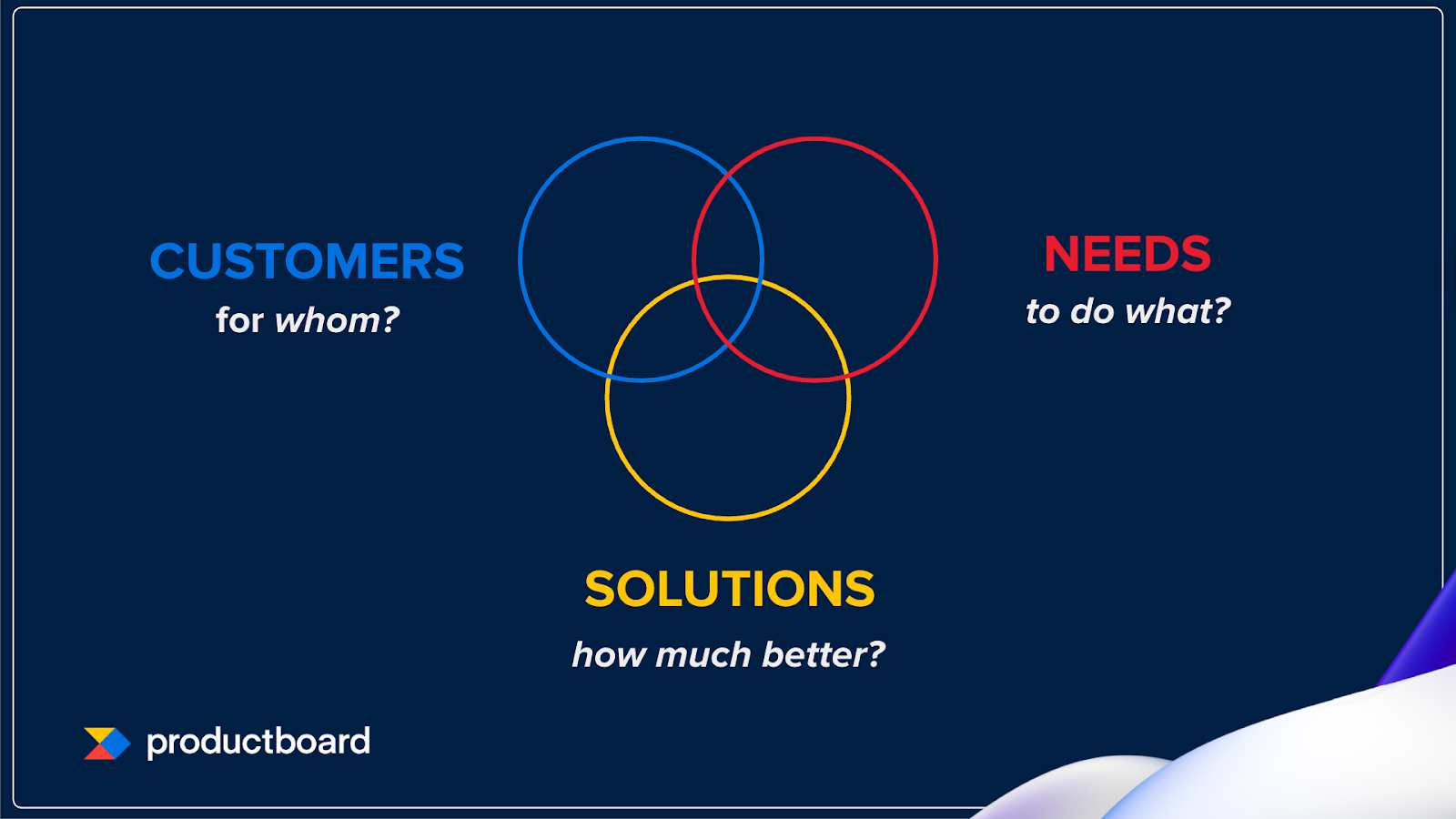
Where product operations comes in
As product operations professionals, you're uniquely positioned to drive this understanding across your organization. Here's your practical checklist:
1. Standardize and codify segmentation criteria.
Don't just use the easy stuff like company size or job title.
When we're building AI features now, we segment by AI maturity – but we clearly define what "novice," "competent," and "fluent" mean. Without clear definitions, your data becomes useless.
2. Establish a comprehensive voice of customer program.
Consolidate all those disparate sources I mentioned. The more comprehensive your system looks, the more people trust it.
Include everything: win/loss analyses, beta feedback, advisory board input, and forum discussions.
3. Create a competitive intelligence program.
This isn't about copying features. It's about understanding what's working in the market and why.
When someone presents a new feature, ask: "How does this differ from competitors?"
Users' mental models are shaped by what they've used before.
4. Ensure every product decision happens in context.
Every brief, every prioritization, every roadmap item should answer: Who is this for? What need does it solve? How is it better than alternatives?
Put it in your templates. Ask the questions. Nudge people toward clarity.
5. Ensure product work always happens in context.
Every product brief, every prioritization decision always needs to happen in the context of: for whom, to do what, and how is this better than the competition.
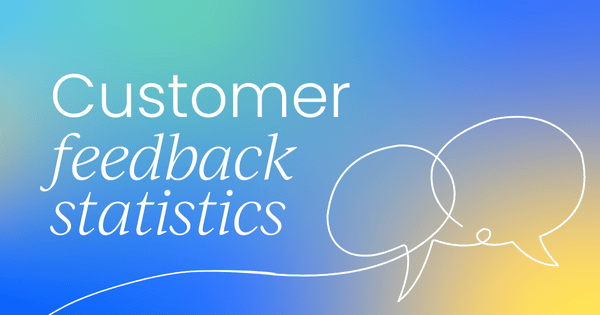
The AI amplifier effect
AI is incredible at helping us process and understand all this information. But remember – context matters, and you matter. Let me show you what I mean.
I’ve even used AI to help outline a keynote. First, I gave it a basic prompt about product operations. It gave me corporate buzzword soup. Then I tried again, asking it to channel Simon Sinek and Steve Jobs, to be emotional and surprising.
The difference was night and day.
The second version compared product operations to a conductor of an orchestra – invisible yet essential, turning noise into music, chaos into clarity.
But I only got that beautiful metaphor because I knew to reference those specific sources. I had the context to craft a better prompt.
That's your job in this AI-accelerated world. You're not just implementing tools or standardizing processes. You're the conductor ensuring every note contributes to the symphony. You're the difference between products that stumble and those that scale with purpose.
The bottom line
In a world obsessed with shipping faster, your role is to ensure we're shipping smarter. Speed without understanding just amplifies mistakes at scale.
But when you help teams deeply understand their customers, needs, and competitive landscape – when you turn that understanding into a shared language across the organization – that's when magic happens.
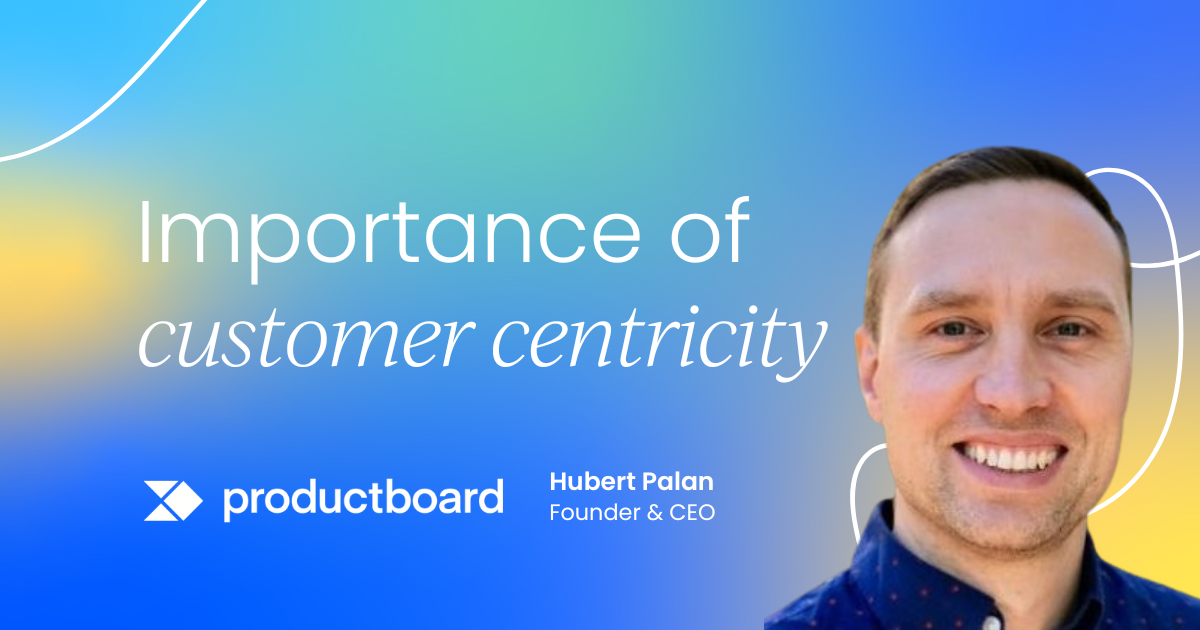



 Follow us on LinkedIn
Follow us on LinkedIn






